Growing Importance of Data Security
Data security has emerged as a critical concern within the Calibration Management Software Market Industry, particularly as organizations increasingly rely on digital solutions for managing sensitive calibration data. The rise in cyber threats and data breaches has prompted companies to prioritize the implementation of robust security measures in their calibration management software. In 2025, it is expected that software providers will focus on enhancing security features, such as encryption and user authentication, to protect valuable data. This emphasis on data security not only safeguards organizational assets but also builds trust with clients and stakeholders. As businesses navigate the complexities of data protection regulations, the Calibration Management Software Market Industry is likely to evolve, with a growing demand for solutions that offer comprehensive security protocols.
Rising Adoption of Cloud-Based Solutions
The Calibration Management Software Market Industry is experiencing a notable shift towards cloud-based solutions, driven by the increasing demand for flexibility and accessibility. Cloud technology allows organizations to manage calibration processes remotely, providing real-time access to data and facilitating collaboration among teams. This trend is particularly appealing to small and medium-sized enterprises that may lack the resources for extensive IT infrastructure. As of 2025, the market is expected to see a significant rise in the adoption of cloud-based calibration management software, as businesses seek to leverage the benefits of scalability and cost-effectiveness. The ability to integrate with other cloud applications further enhances the appeal of these solutions, positioning the Calibration Management Software Market Industry for robust growth in the coming years.
Increased Focus on Operational Efficiency
Operational efficiency remains a pivotal driver in the Calibration Management Software Market Industry. Organizations are increasingly recognizing the importance of optimizing their calibration processes to reduce downtime and enhance productivity. By implementing calibration management software, companies can streamline workflows, automate scheduling, and minimize human error, which collectively contribute to improved operational performance. The market is witnessing a shift towards solutions that offer real-time monitoring and analytics, enabling businesses to make informed decisions swiftly. In 2025, it is anticipated that the demand for software that integrates seamlessly with existing enterprise systems will surge, as organizations strive to achieve greater efficiency. This trend underscores the Calibration Management Software Market Industry's role in facilitating continuous improvement and operational excellence.
Regulatory Compliance and Quality Assurance
The Calibration Management Software Market Industry is significantly driven by the increasing need for regulatory compliance across various sectors. Industries such as pharmaceuticals, aerospace, and manufacturing are subject to stringent regulations that mandate precise calibration of instruments and equipment. This necessity compels organizations to adopt calibration management software to ensure adherence to standards such as ISO 9001 and ISO 17025. The market for calibration management software is projected to grow as companies seek to avoid penalties and maintain quality assurance. In 2025, the demand for software solutions that facilitate compliance tracking and reporting is expected to rise, reflecting a broader trend towards accountability and transparency in operations. As organizations prioritize quality management systems, the Calibration Management Software Market Industry is likely to expand, driven by the imperative of meeting regulatory requirements.
Emergence of Industry 4.0 and IoT Integration
The Calibration Management Software Market Industry is poised for transformation with the emergence of Industry 4.0 and the integration of Internet of Things (IoT) technologies. As industries adopt smart manufacturing practices, the need for real-time calibration data becomes paramount. Calibration management software that can interface with IoT devices allows for automated data collection and analysis, enhancing the accuracy and efficiency of calibration processes. In 2025, the market is expected to witness a surge in demand for solutions that support IoT integration, as organizations seek to leverage data-driven insights for predictive maintenance and operational optimization. This trend signifies a shift towards more intelligent calibration management systems, positioning the Calibration Management Software Market Industry at the forefront of technological advancement.


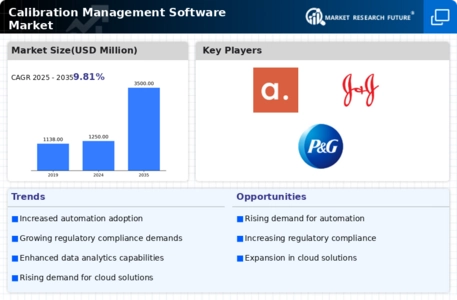
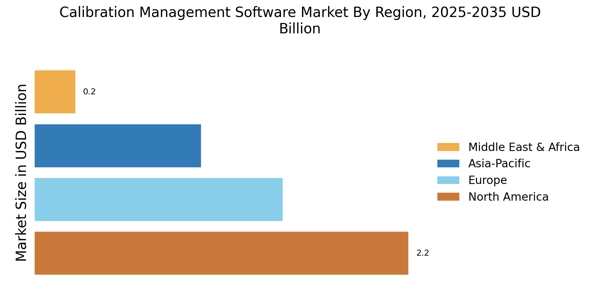
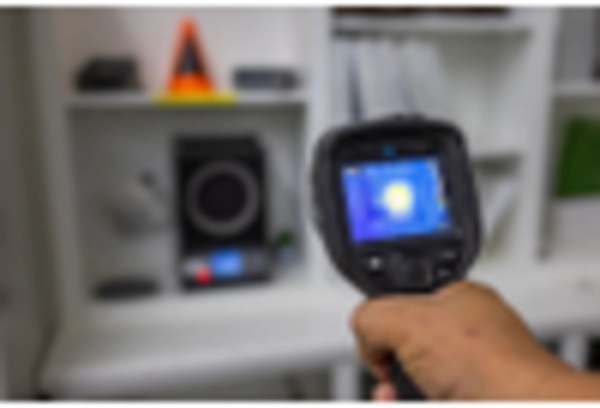
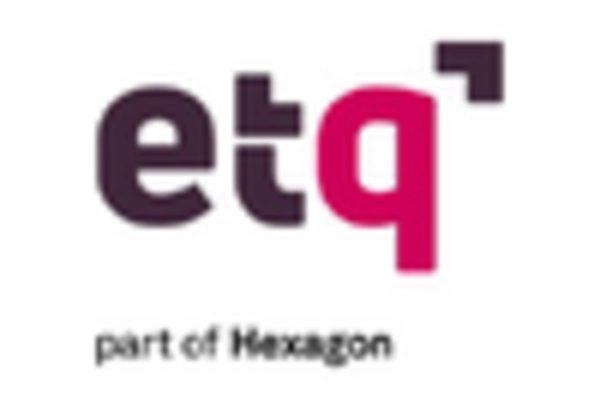
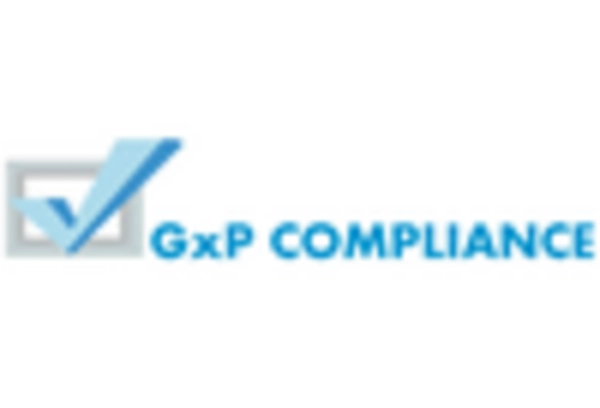
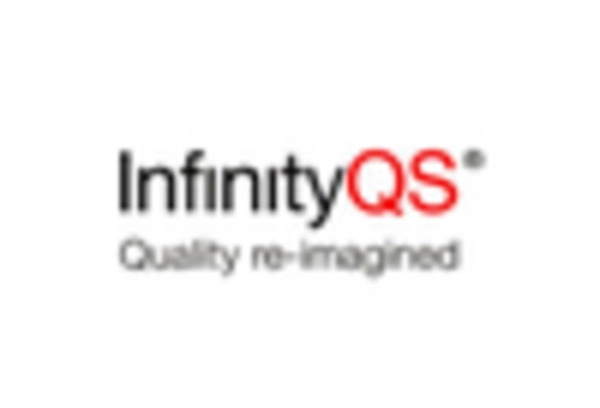

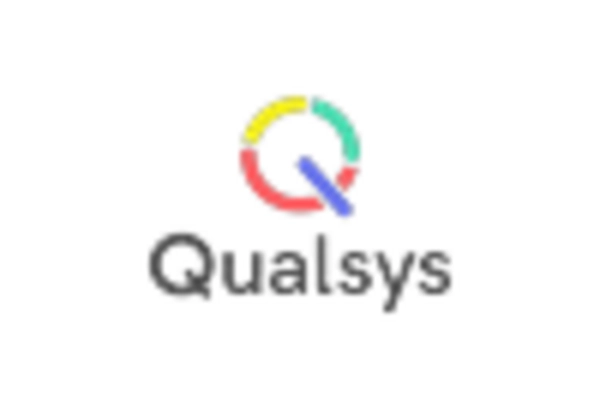








Leave a Comment